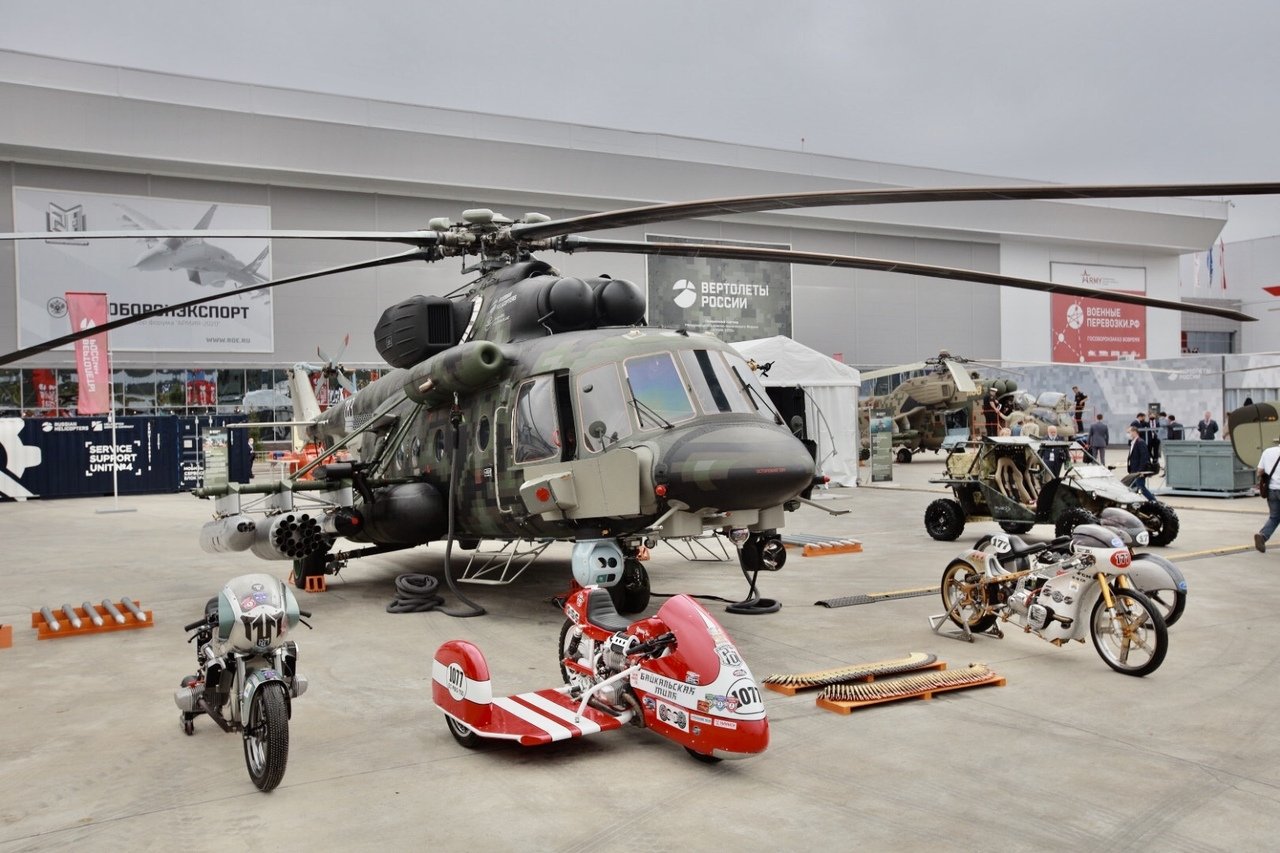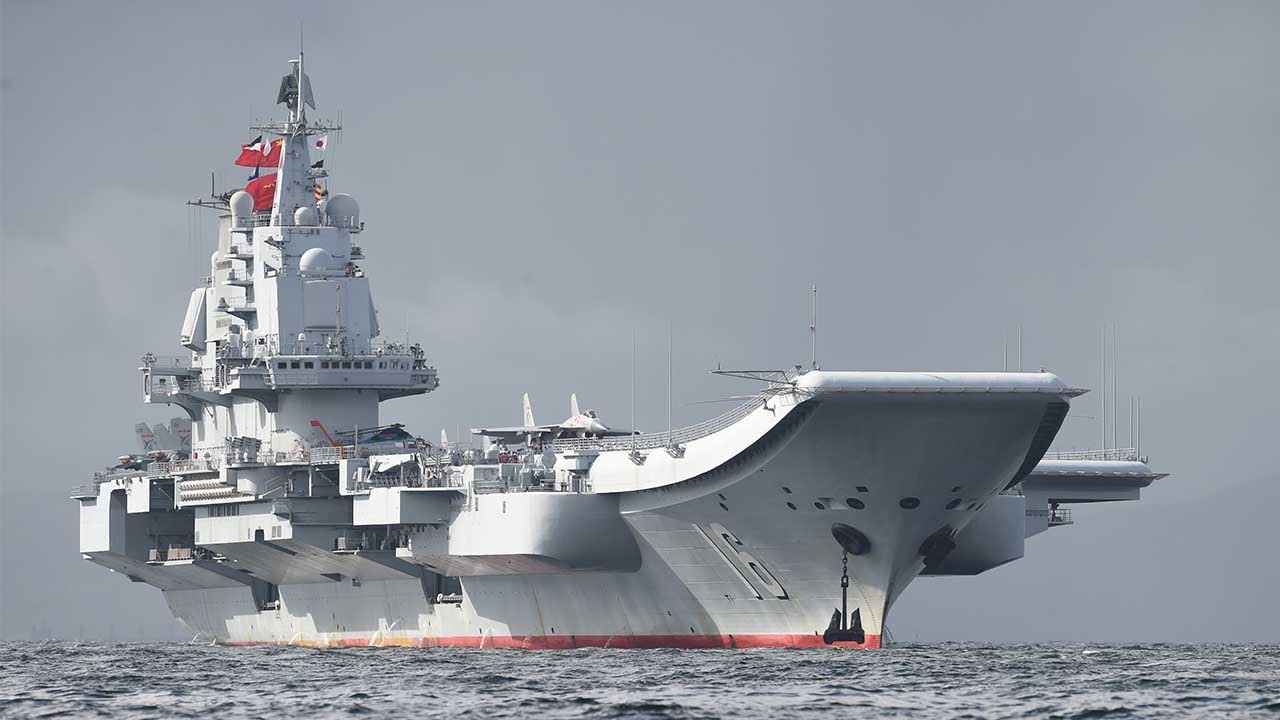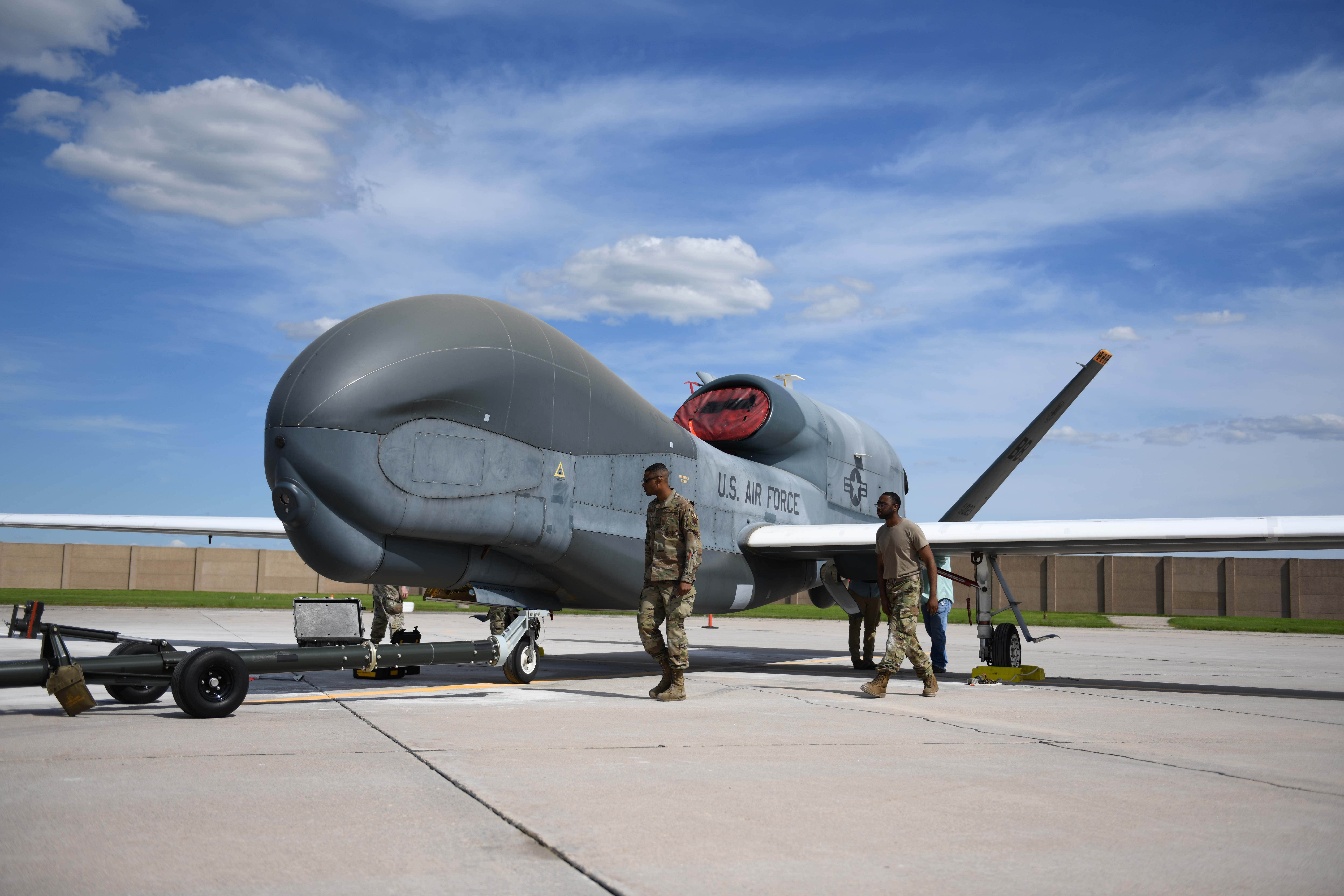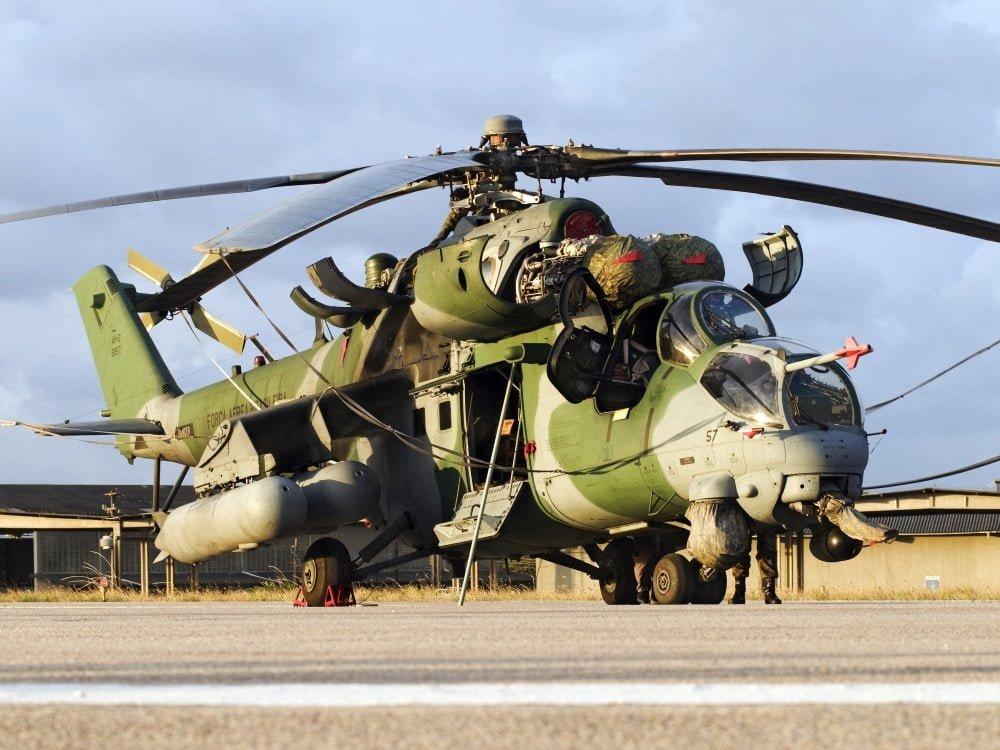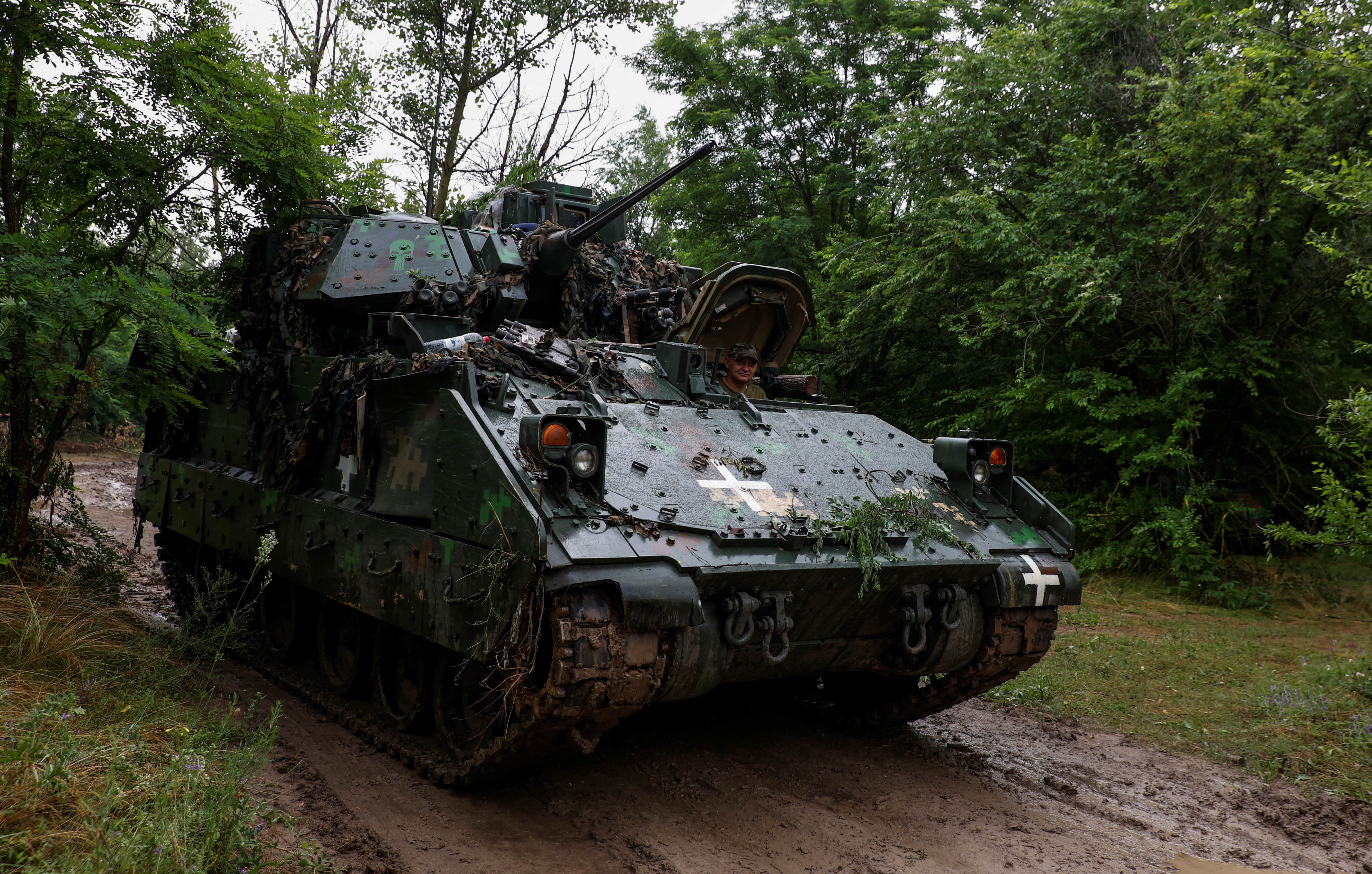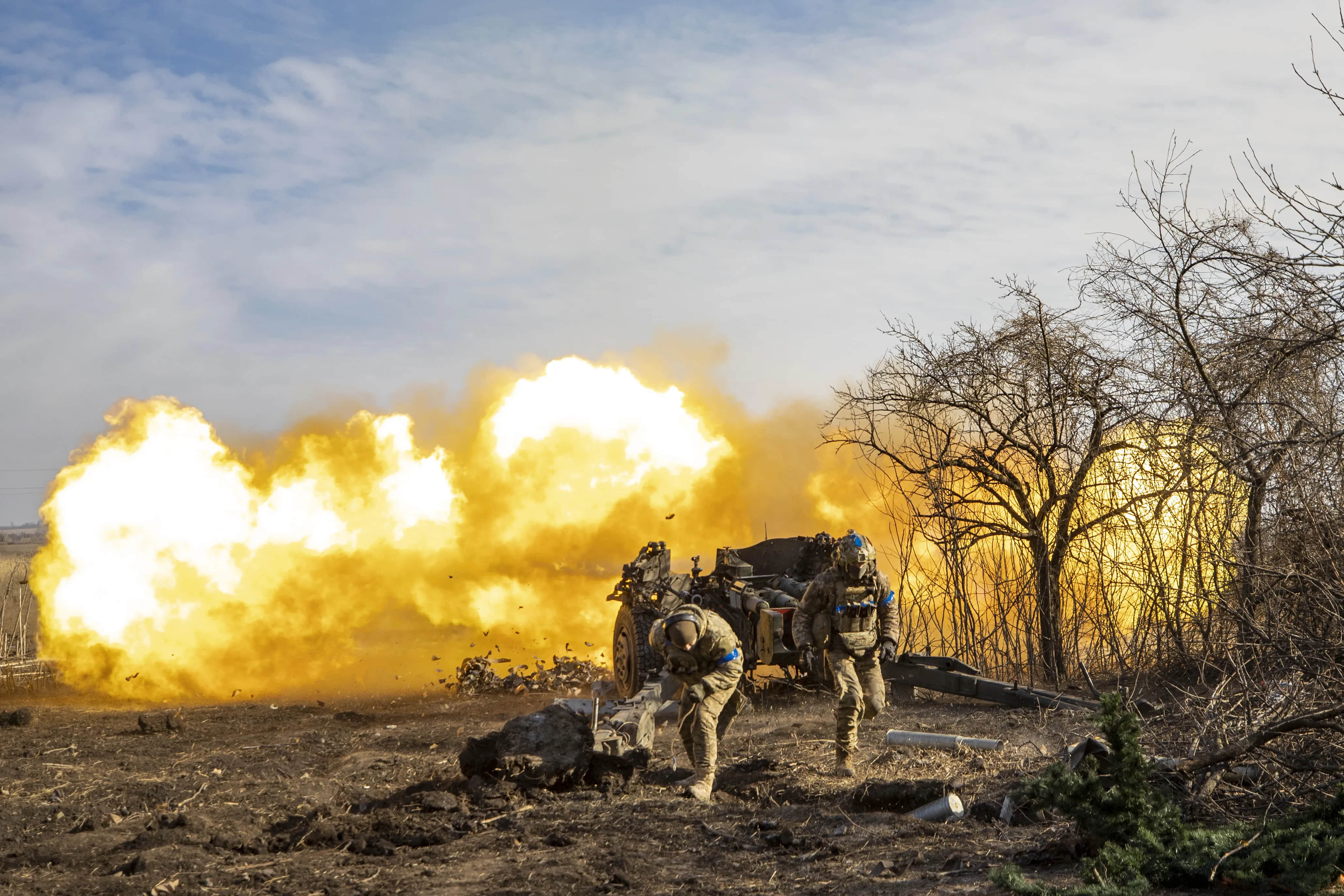Collins Aerospace has commenced full production of the United States Navy’s next air combat training solution.

Raytheon Technologies segment Collins Aerospace has begun the full-rate production of a new air combat training solution for the US Navy.

The Tactical Combat Training Systems Increment – II (TCTS II) comprises aerial and ground subsystems to support the service’s training and fielding activities.
Once delivered, it is expected to support a variety of military preparation in mobile and fixed locations internationally.
“TCTS II addresses today’s peer threat, enabling aircrews to train and improve joint tactics, techniques and procedures in an NSA-certified secure environment,” Collins Integrated Solutions General Manager and Vice President John Sapp stated.
Supporting Future Air Combat Training
Collins’ TCTS II is developed to be a prime component of next-generation military training that will incorporate virtual, live, and constructive approaches.
The platform is set to replace the US Navy’s legacy air combat maneuvering instrumentation trainers by providing a single system from tactical aircrew unit level to large joint-force exercise events.

It has been trialed with F/A-18 Hornet and EA-18G Growler aircraft to evaluate capabilities for long-range air-to-air and air-to-ground networking.
Alongside real-time data exchange, the training system features high computing power and encryption, secure datalink, and open architecture for customers’ future training requirements.
“In our testing, we were able to demonstrate key discriminators of our TCTS II solution including integration into existing infrastructure, tactical intercepts and real-time mission completion notifications,” Sapp said.
